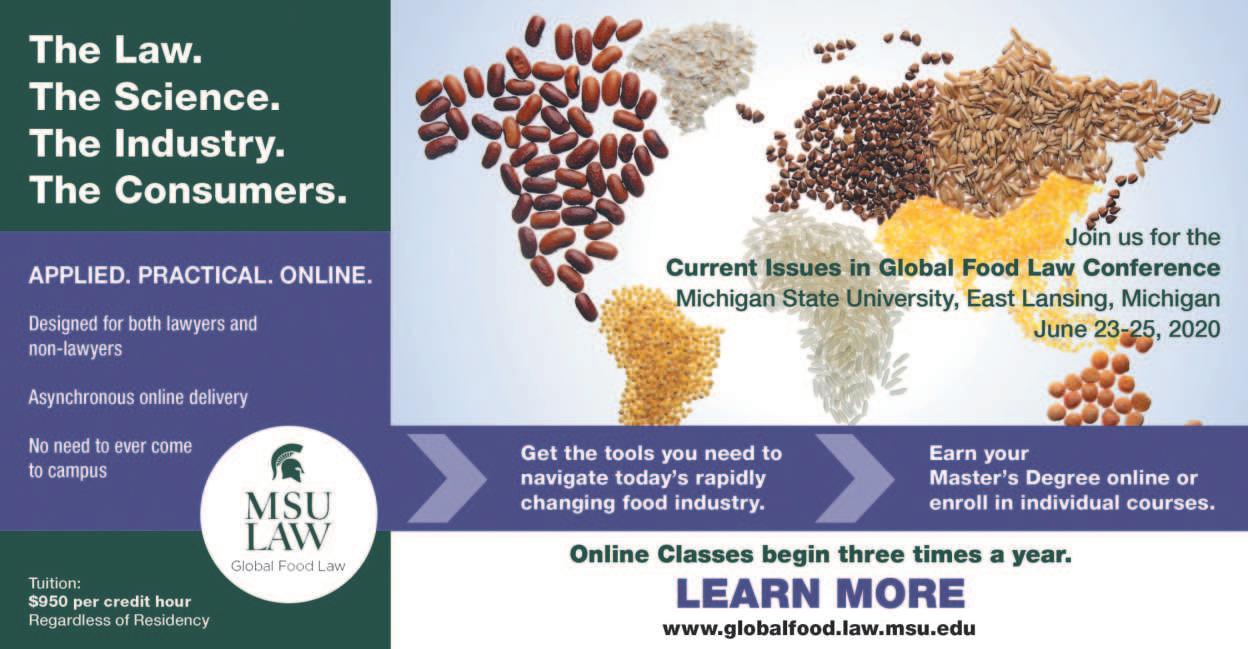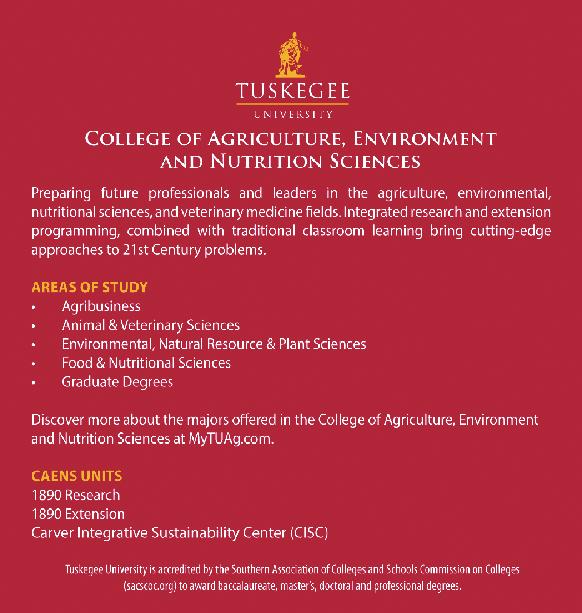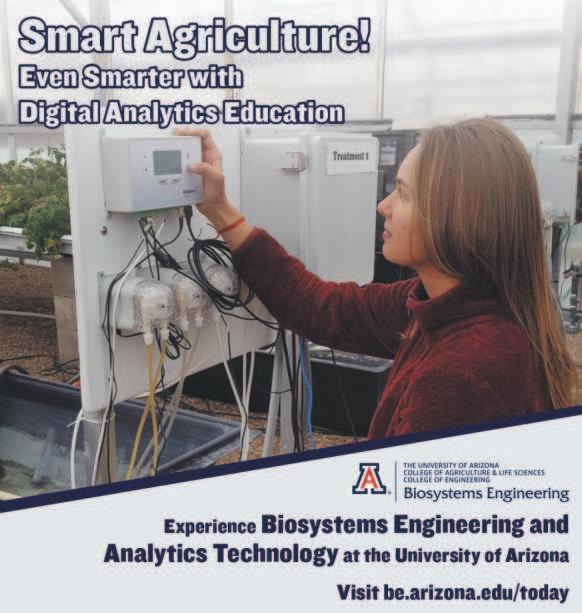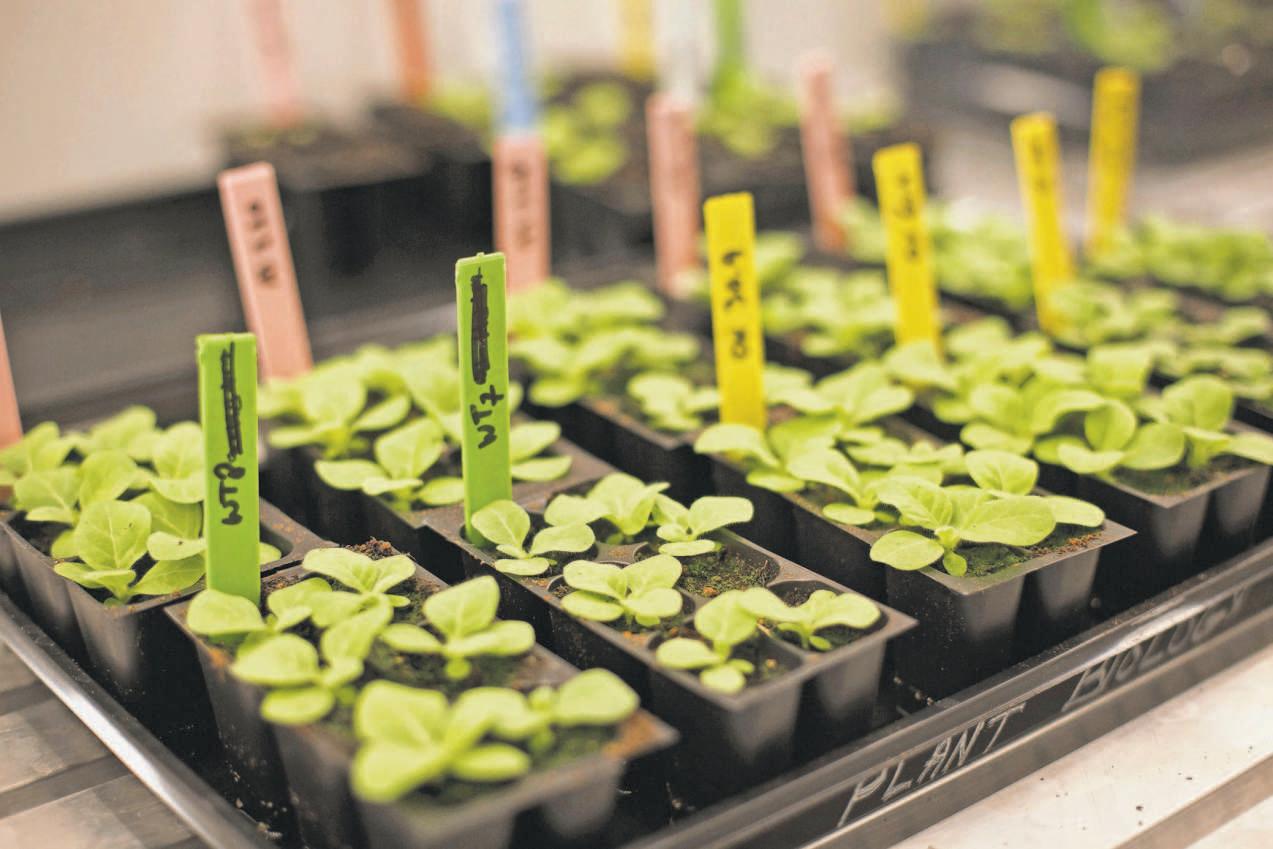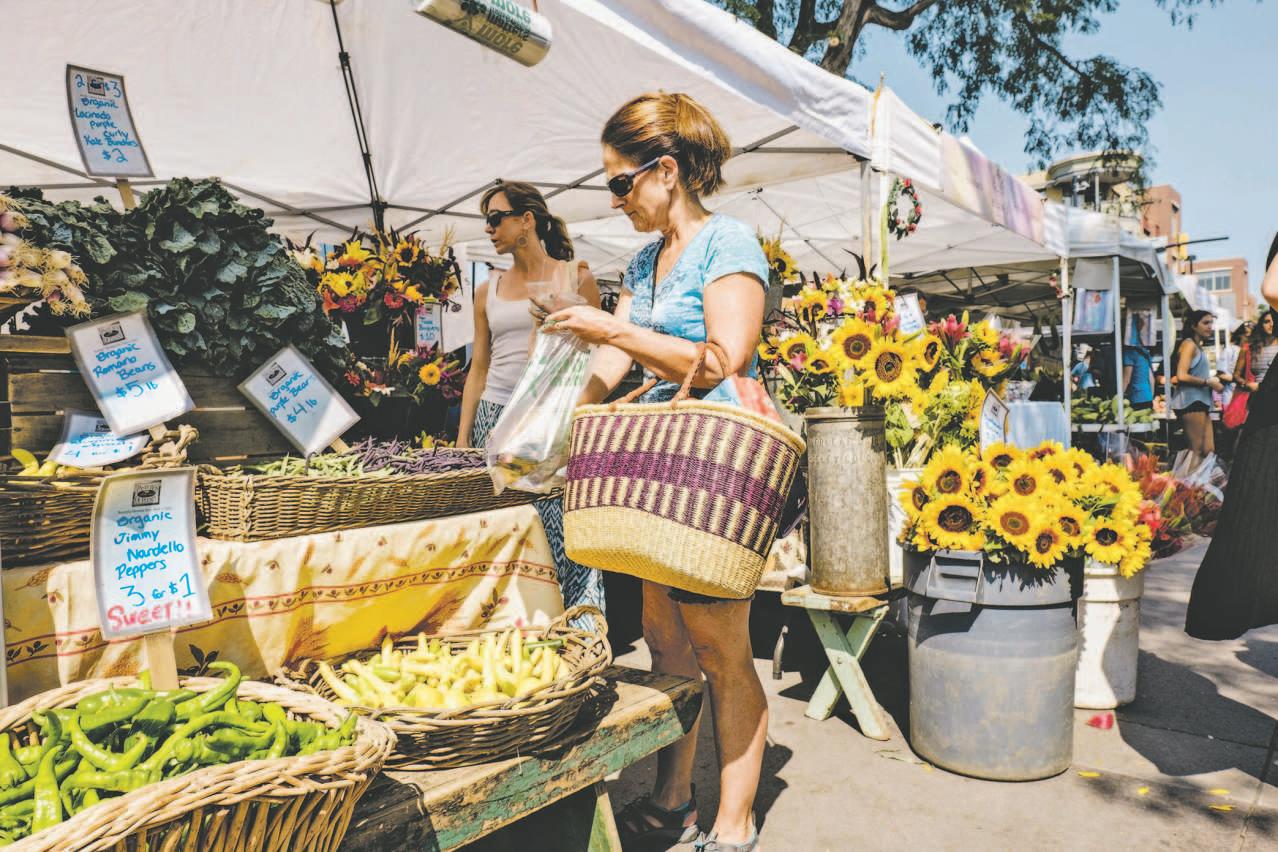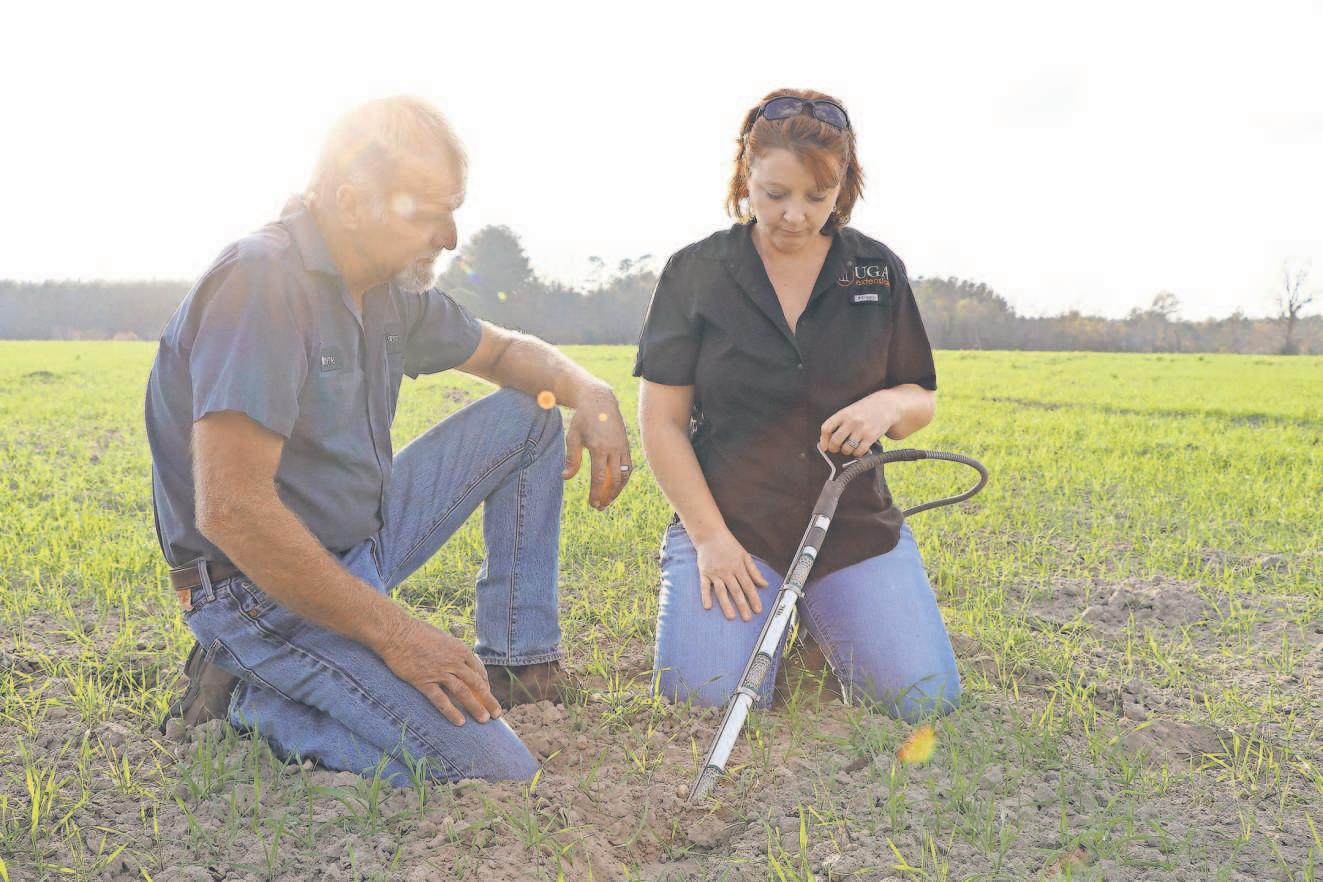
7 minute read
FEEDING THE FUTURE


Advertisement



Universities address food insecurity on campus and in their local communities
By Quinisha Jackson-Wright

ood insecurity is a growing crisis for today’s college students. Last April, the National #RealCollege Survey Report — conducted by the Hope Center for College, Community, and Justice, a nonprofit research team — surveyed nearly
CONTINUED
DILLARD UNIVERSITY New Orleans


86,000 students across the United States about their access to basic needs. Forty-five percent reported that they had experienced food insecurity within 30 days of being surveyed.
These numbers only increased when factors such as racial and ethnic background were considered. The same report found that the overall rate of food insecurity for African American students was 58 percent, 8 percentage points higher than that of Latino students, and 19 points higher than the rate of white students. Historically black colleges and universities (HBCUs) have spent years working to address the issue of food insecurity on campus and within local communities. Over the past several decades, several HBCUs have conducted research and implemented programs to advance agriculture and food sustainability in the black community.
These institutions, referred to as land-grant universities under the Morrill Act of 1890, were granted public land in exchange for establishing at least one college dedicated to agriculture education. Today there are 19 HBCUs with land-grant status under the Morrill Act ; all are public, with the exception of Tuskegee University.


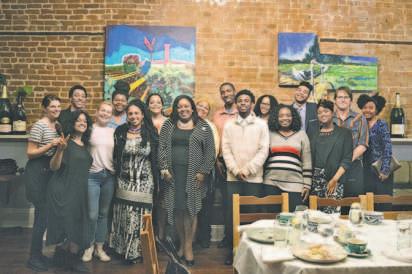
ROOT ISSUES
Many HBCUs have followed the footsteps of land-grant institutions in their continued focus on food insecurity . Dillard University , a liberal arts HBCU located in New Orleans, offers resources to educate students about sustainable food options and the history of Southern agriculture. Among the university’s most prominent programs is the Ray Charles Program in African American Material Culture, founded in 2003 by Charles, a legendary musician and philanthropist.
“(Charles) wanted to do something with a big focus on food,” said Zella Palmer, director and chair of the Ray Charles Program . “He felt like younger people are now the microwave and fast-food generation, and they don’t know how to grow their own food and aren’t cooking the way (older generations) used to.”
While the program’s mission is to “research, document, disseminate, preserve and celebrate African American culture and foodways in the South,” Palmer, who became chair in 2014, said she and her colleagues saw a need
CONT INUED
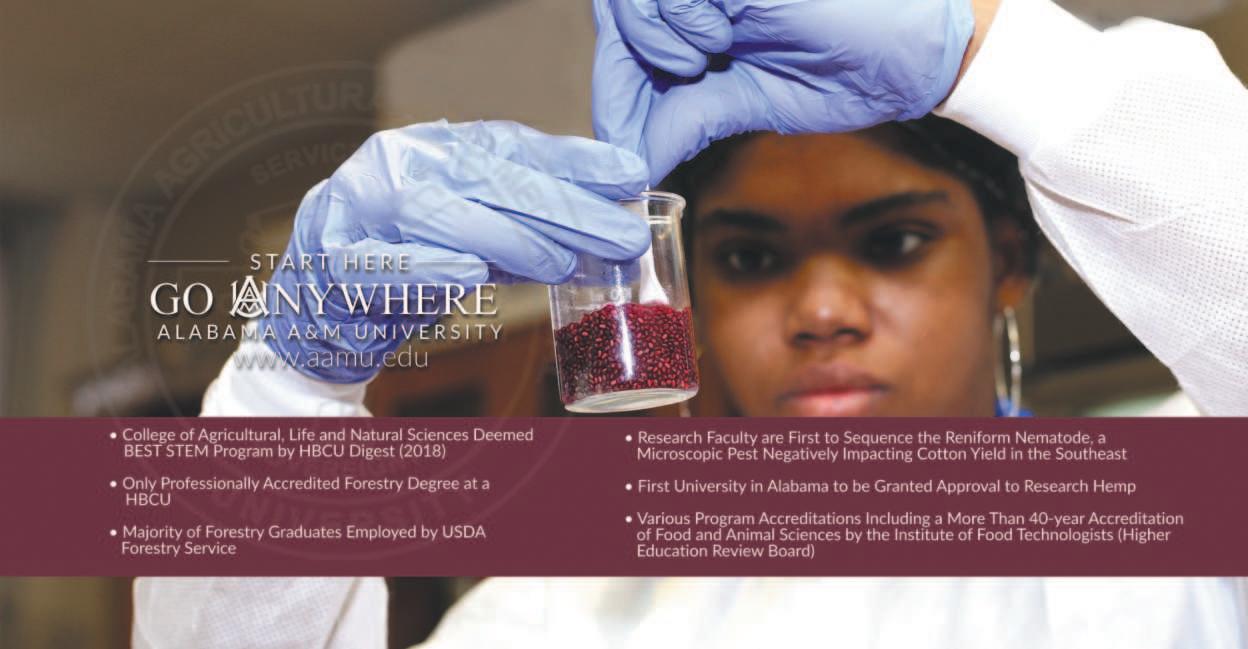

PAUL QUINN COLLEGE Dallas
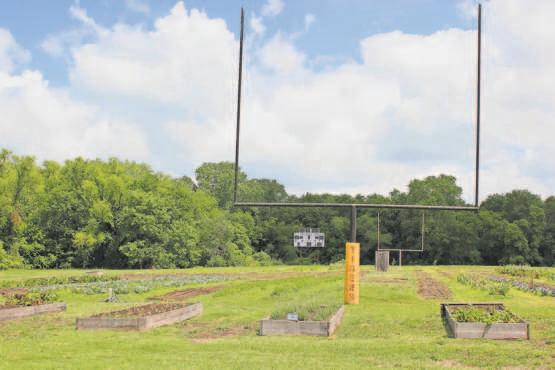
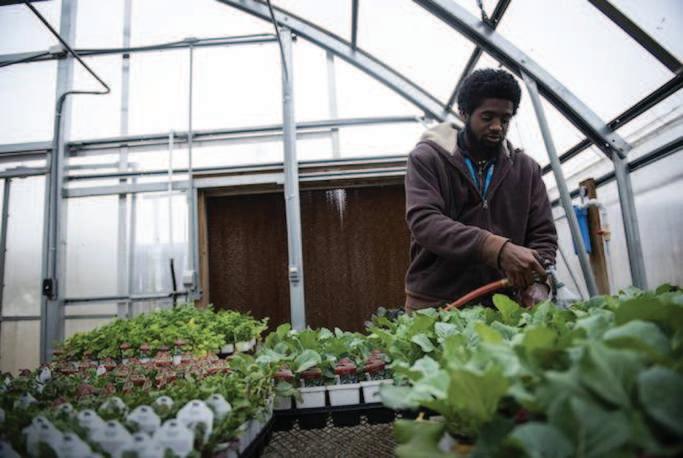

to further educate students. The university’s new food studies minor program began offering classes this spring . The 18-credit-hour program teaches students about the foundation of food culture and systems and helps them explore potential career opportunities in foodways, including policy, law and journalism. Dillard University is one of two HBCUs that offer a food studies program; the other is Spelman College in Atlanta .
“There aren’t enough of us telling our stories and making policy to address food insecurity and food scarcity in our neighborhoods, nationally or internationally,” Palmer explained. In the meantime, to provide education on healthy food options, Dillard regularly invites national chefs to campus to provide cooking demos, as well as food scholars who speak about sustainable living. When asked how the university is able to gauge interest from busy “microwave generation” students on the go, Palmer’s answer was simple: “Students are always hungry, so when we say there’s free food, they will come,” she said with a laugh.
She also said that the department coordinates off-campus field trips, as well as internship opportunities for students to gain handson experience working with African American professionals in the food and beverage industry.

FARM SENSE

While Dillard’s programs study food culture and how it integrates with business and policy, other HBCUs take an approach that focuses on produce farming.
In 2010, Paul Quinn College, a historically black Methodist college in Dallas, converted its football field into a sustainable farm, now known as the “We Over Me Farm.” Since its transformation, the farm has provided more than 30,000 pounds of organic produce for its community members, local charitable organizations, restaurants and grocers, and even provides food services for the Dallas Cowboys’ AT&T Stadium.
“We provide produce for farmers markets in the community on the first and third Friday of each month,” said Kim High, farm director at Paul Quinn College. “From this past June through September, we have provided over 500 pounds of produce each week.” High said
CONT INUED




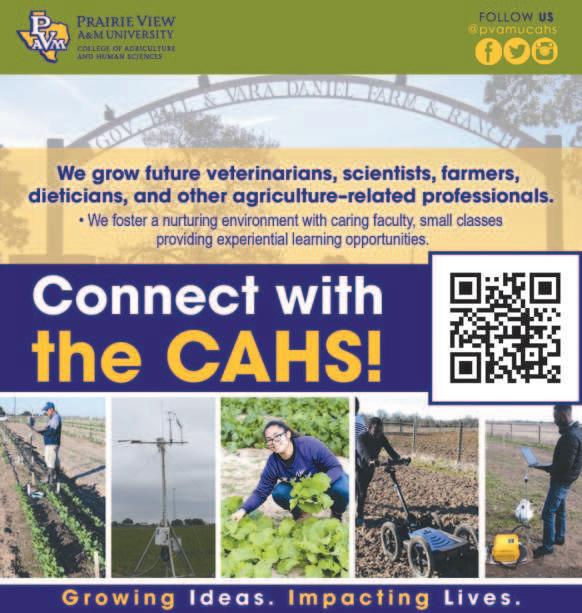

Money Matters
In 2016, the U.S. Department of Agriculture provided more than $18.9 million in renewal awards to construct or improve research facilities and equipment for agricultural programs at historically black land-grant universities. Here are some ways the universities have utilized this and other funding:
Prairie View A&M University Located in Texas, Prairie View has used funding from the USDA to update its International Goat Research Center, which conducts various projects on value-added processing, food safety and nutrition of dairy and meat goat production for the Cooperative Agriculture Research Center.
Florida A&M University Grant dollars have contributed to the Florida A&M University College of Agriculture and Food Sciences and its cooperative extension programs to improve facilities, equipment and research libraries. Funds will also help faculty stay current with agricultural trends and help students receive hands-on laboratory experience.

Tuskegee University The College of Agriculture, Environment and Nutrition Sciences at Tuskegee University in Alabama has received grant awards to help strengthen the organic farming infrastructure in the Southeast. To meet consumer demands, the university will aid in growing the organic farming industry through consumer education, market development and educational support.
— Quinisha Jackson-Wright
Spelman College student garden, circa 1920

SOURCE: National #RealCollege Survey Report
another goal of the farm is to educate the community on the importance of eating healthier.
“We’ve created this farm and we want it to be a model for other HBCUs,” High said. “African Americans have some of the highest rates of high blood pressure and diabetes. It’s important to educate our community about what goes into our bodies. Once we get on the path of eating better, it will help us not only feel and work better, but live better.”
Citing education and more access to resources as ways to combat food insecurity, High plans to implement workshops and cooking classes to teach students and community members how to prepare healthy food.
“Paul Quinn is a work program college, and our students work in various places around campus to get their hours,” High explained. “The farm is one of the places they work, and this semester I had 28 students. Some of them had no (prior) knowledge of farming or what a garden is, so we educate them, and hopefully they will share that knowledge with their friends.”
